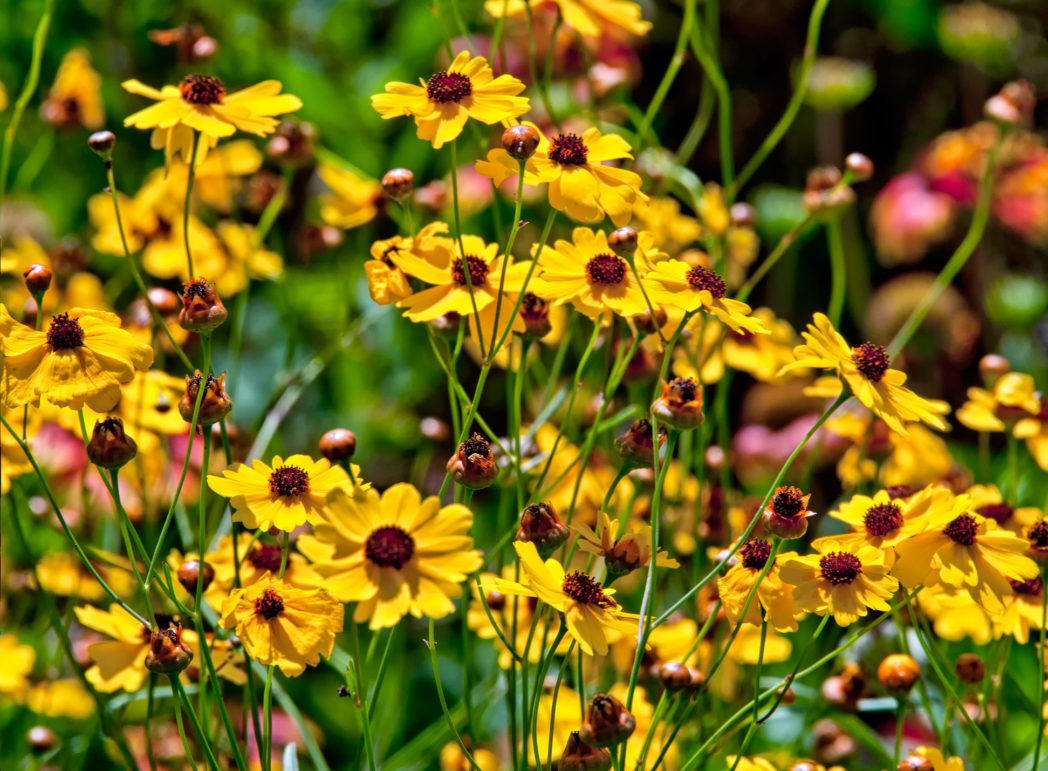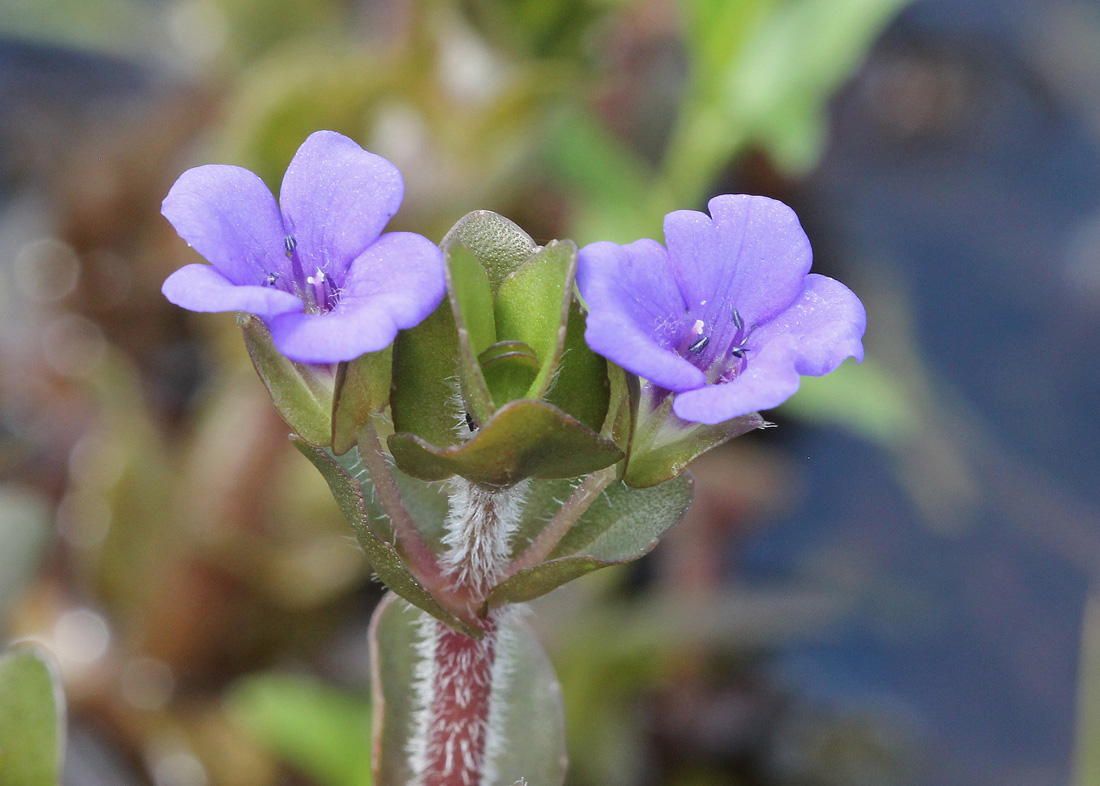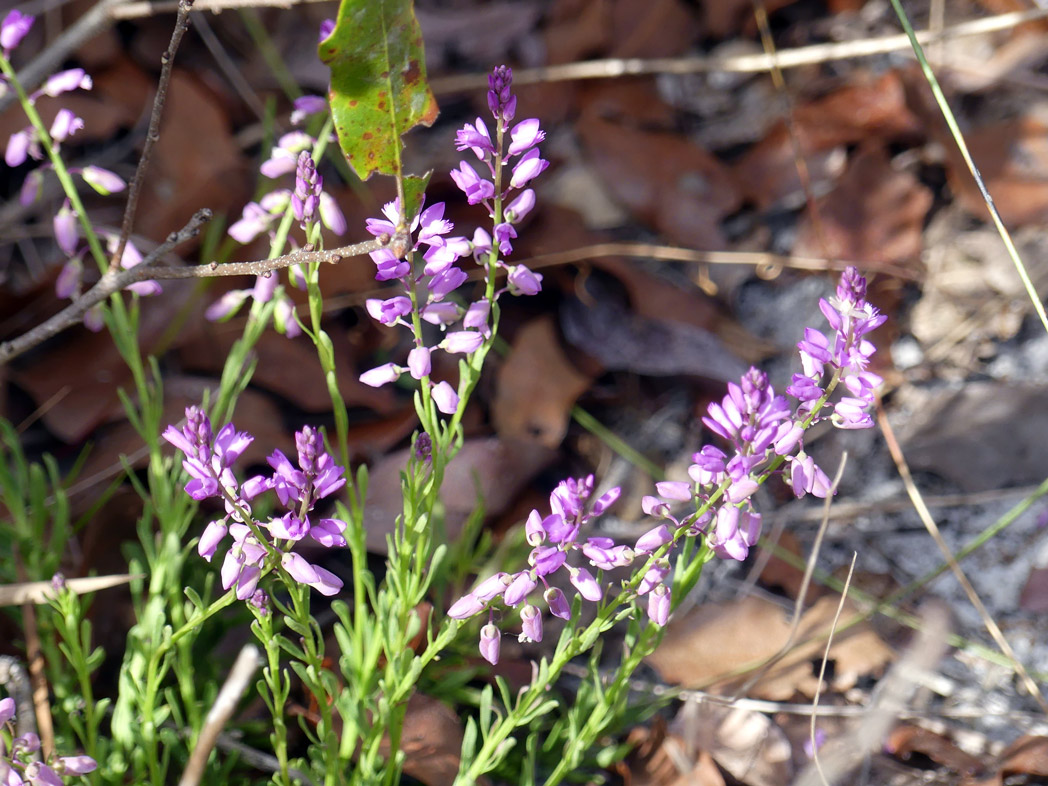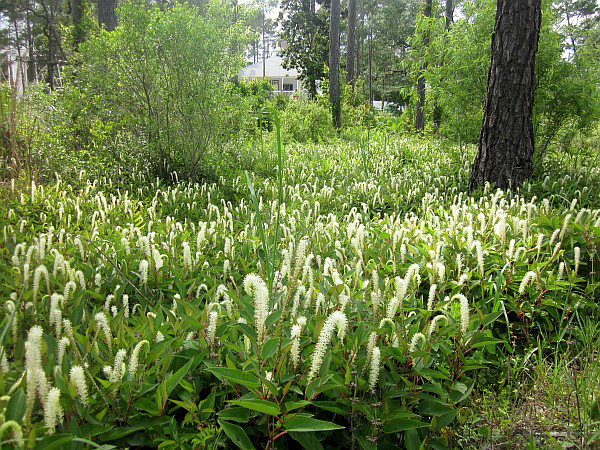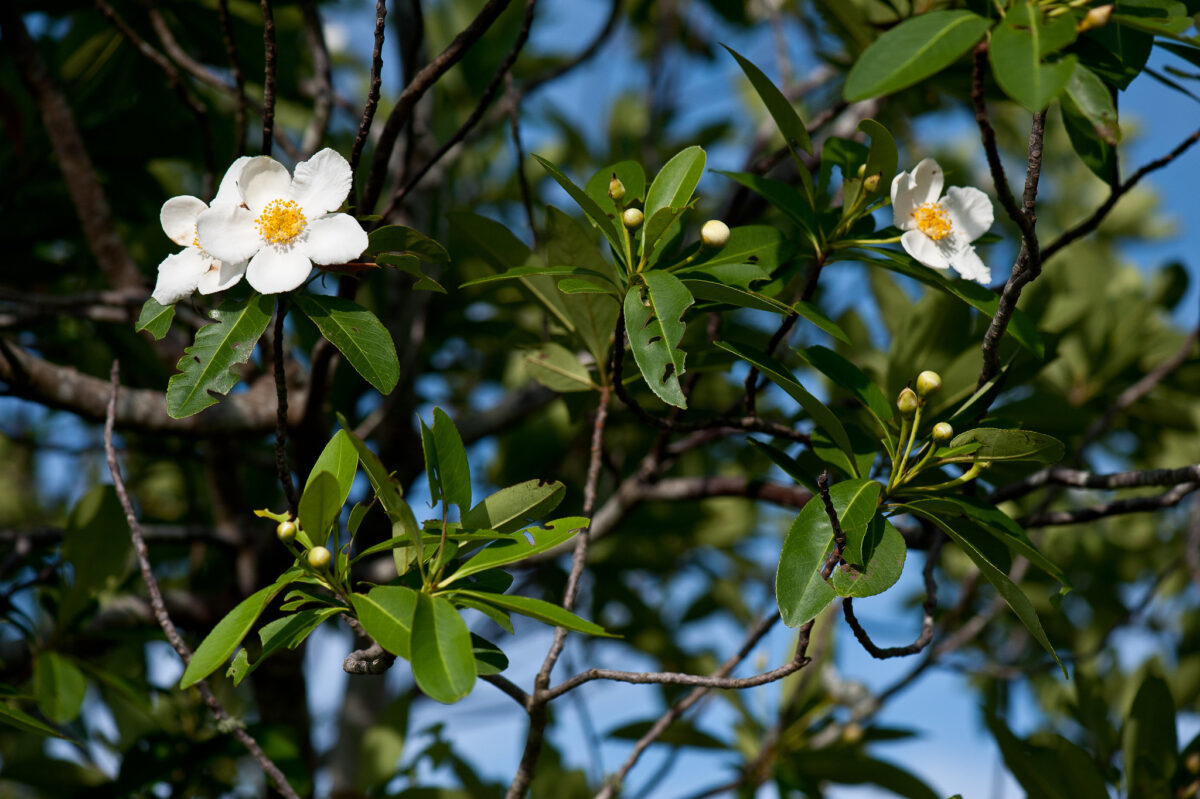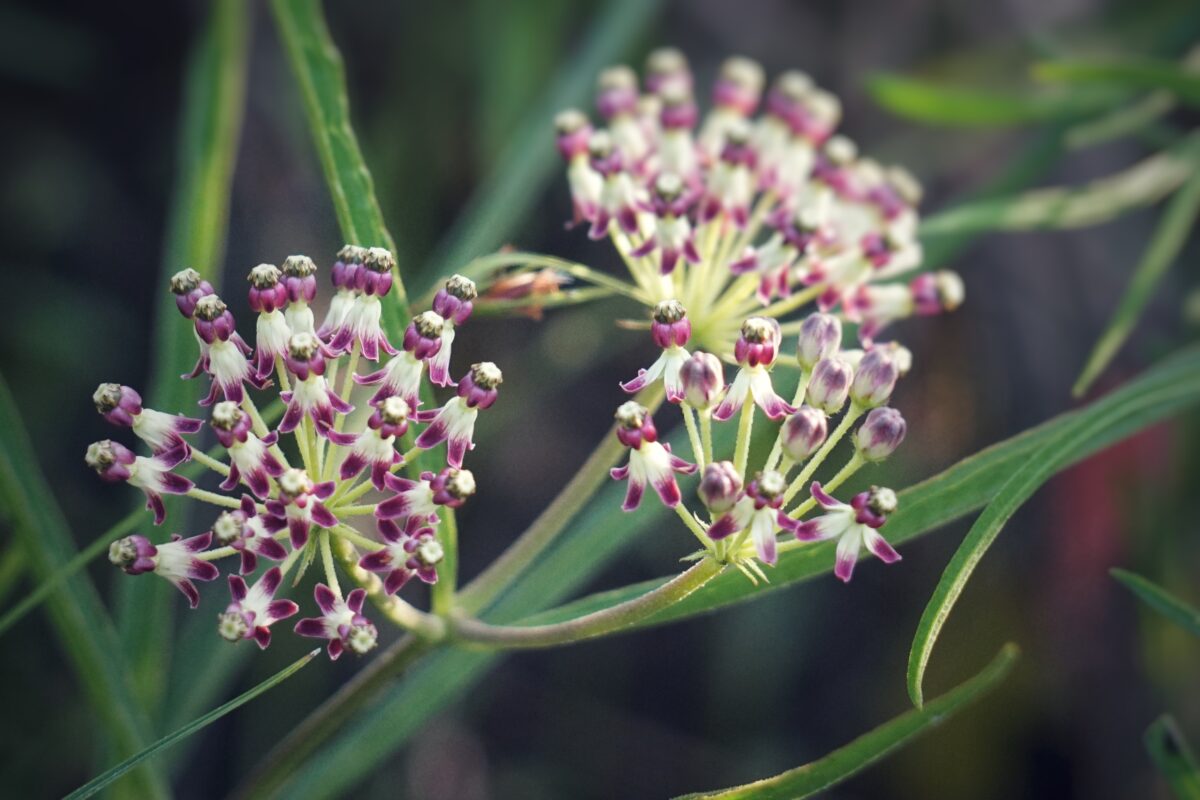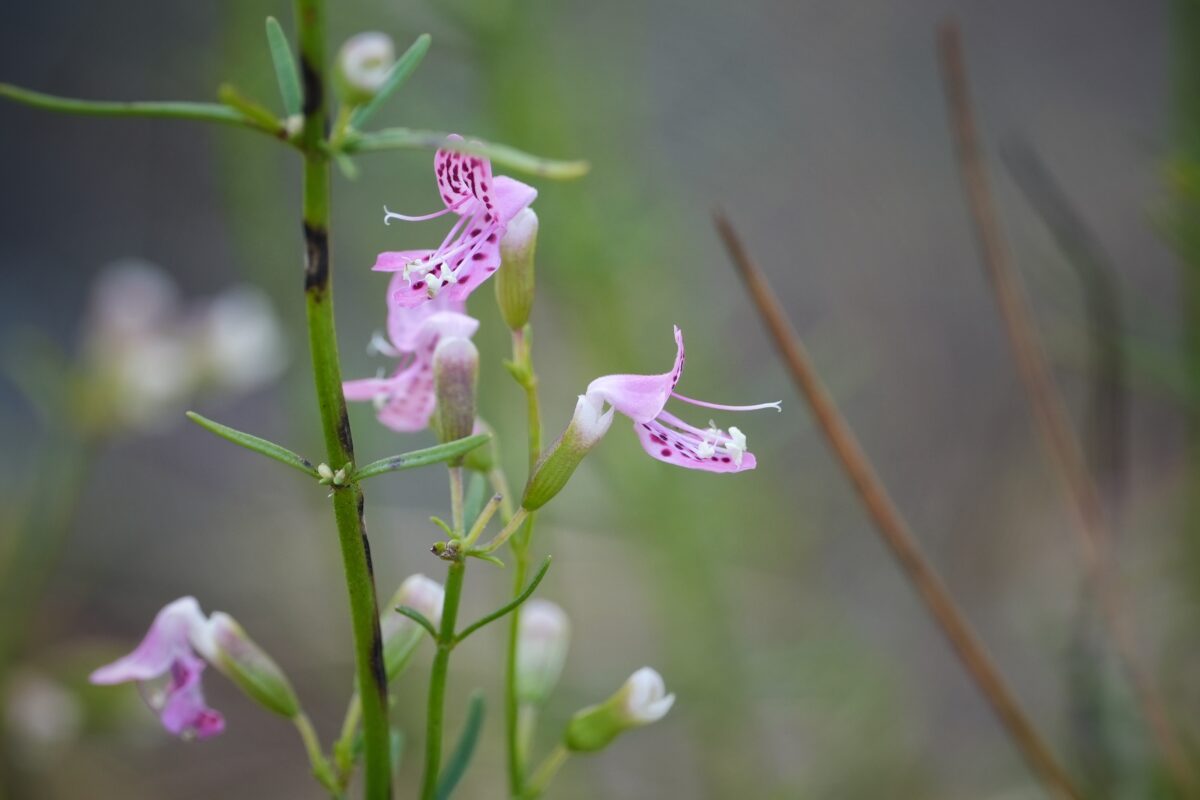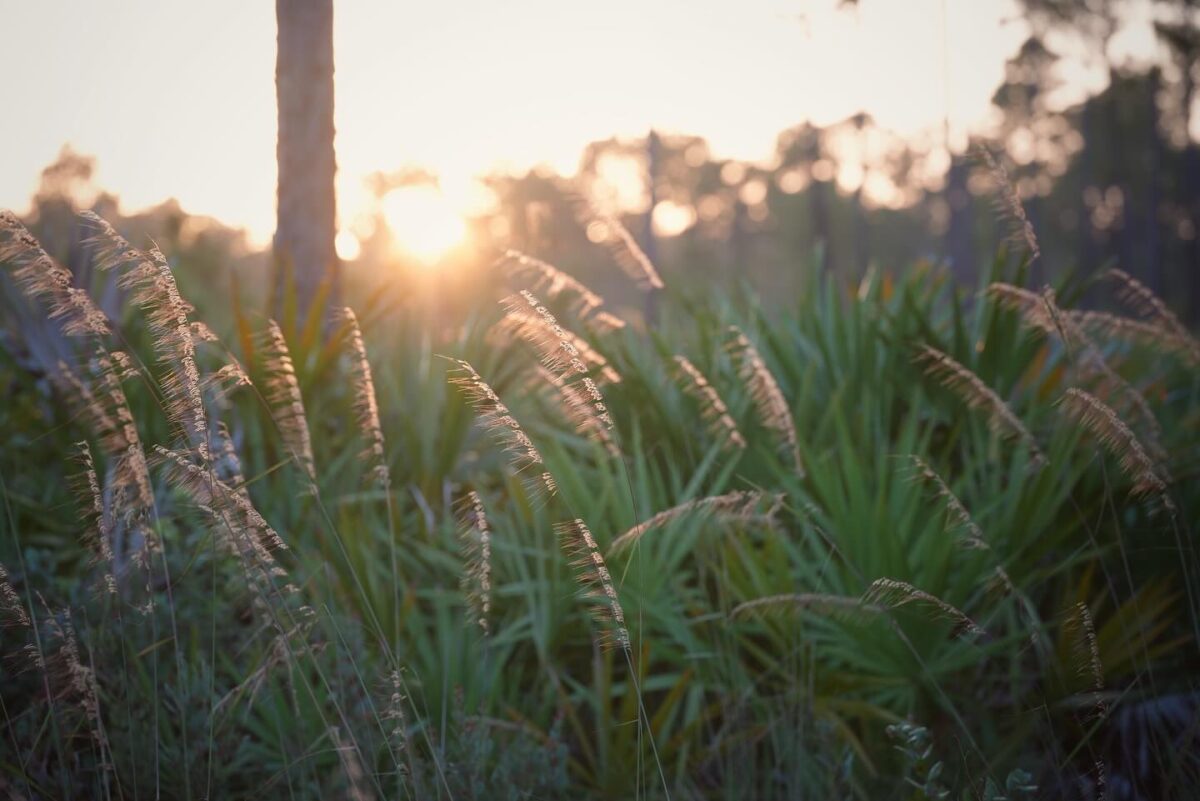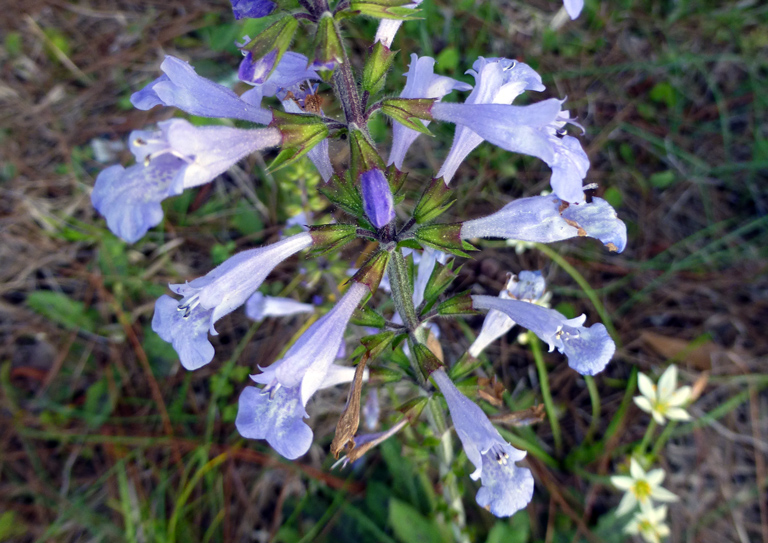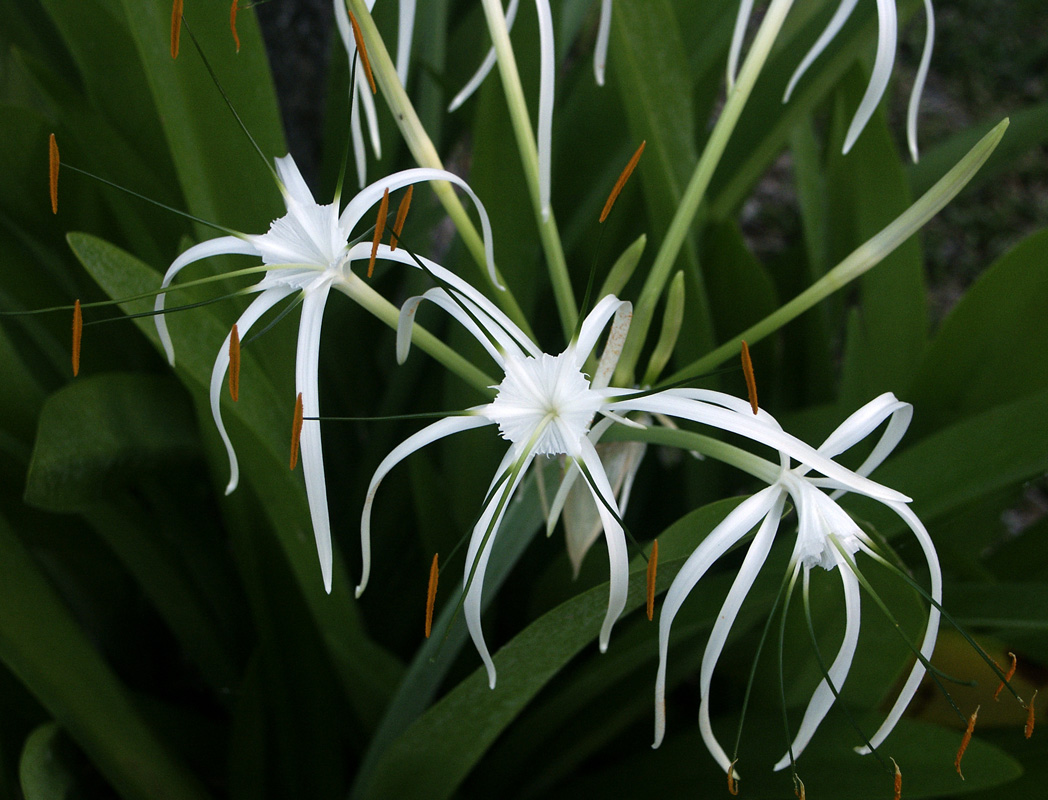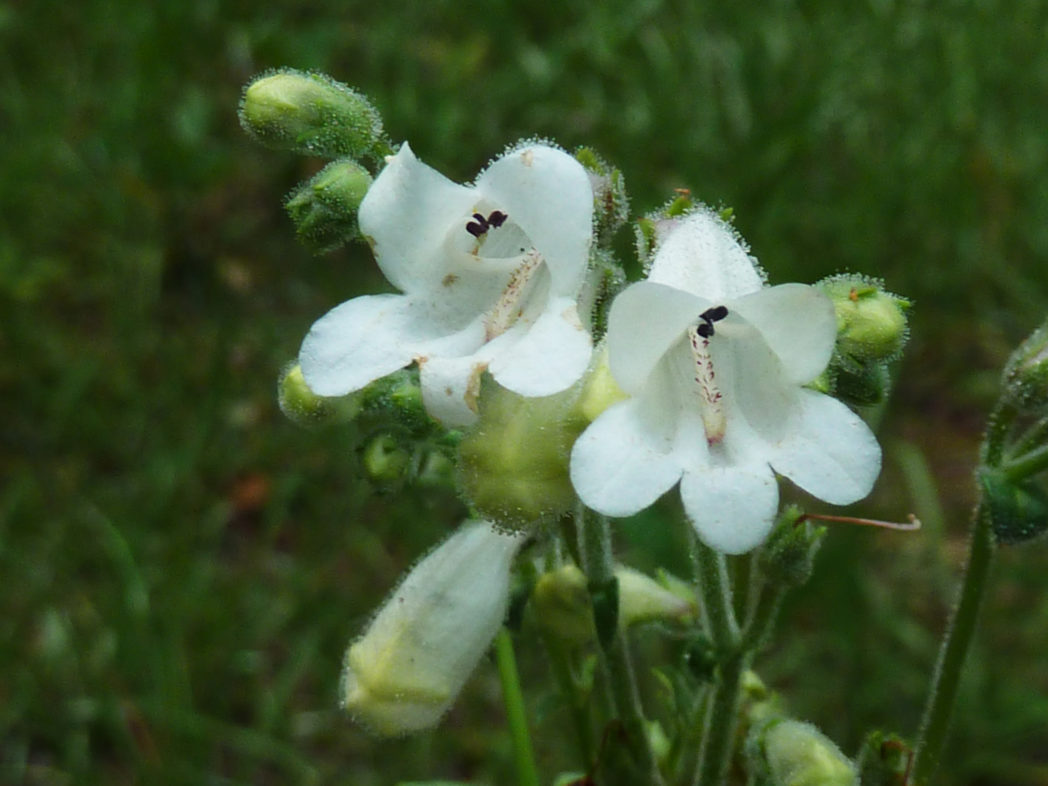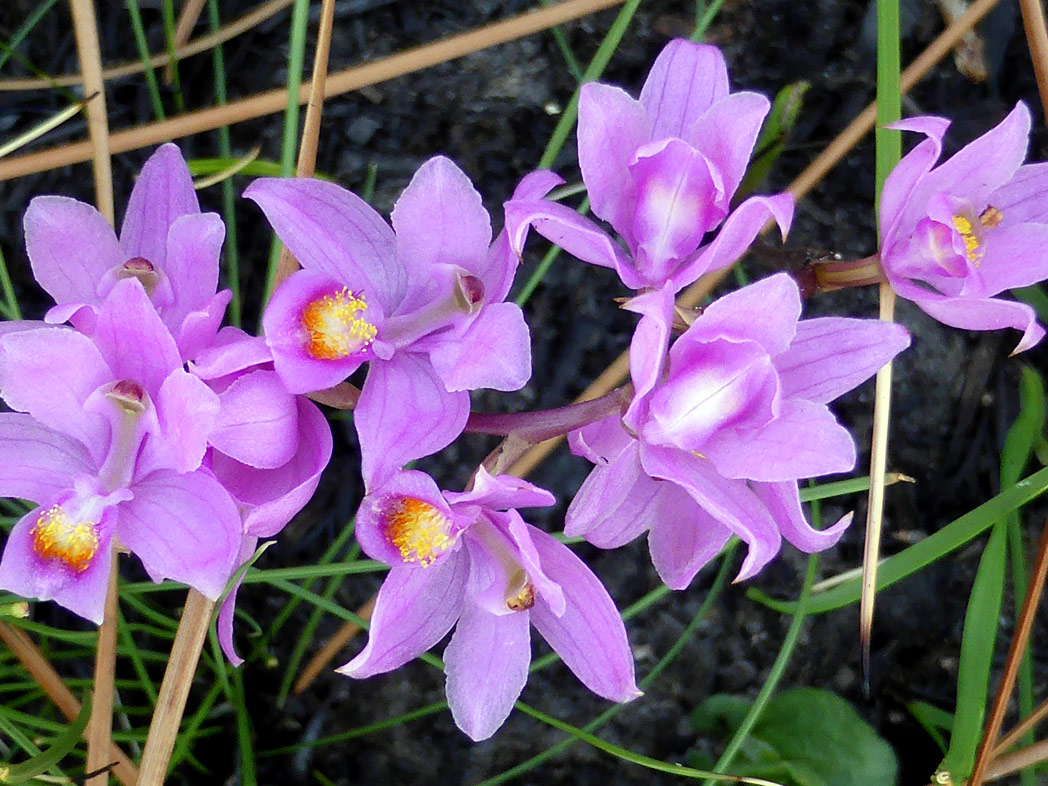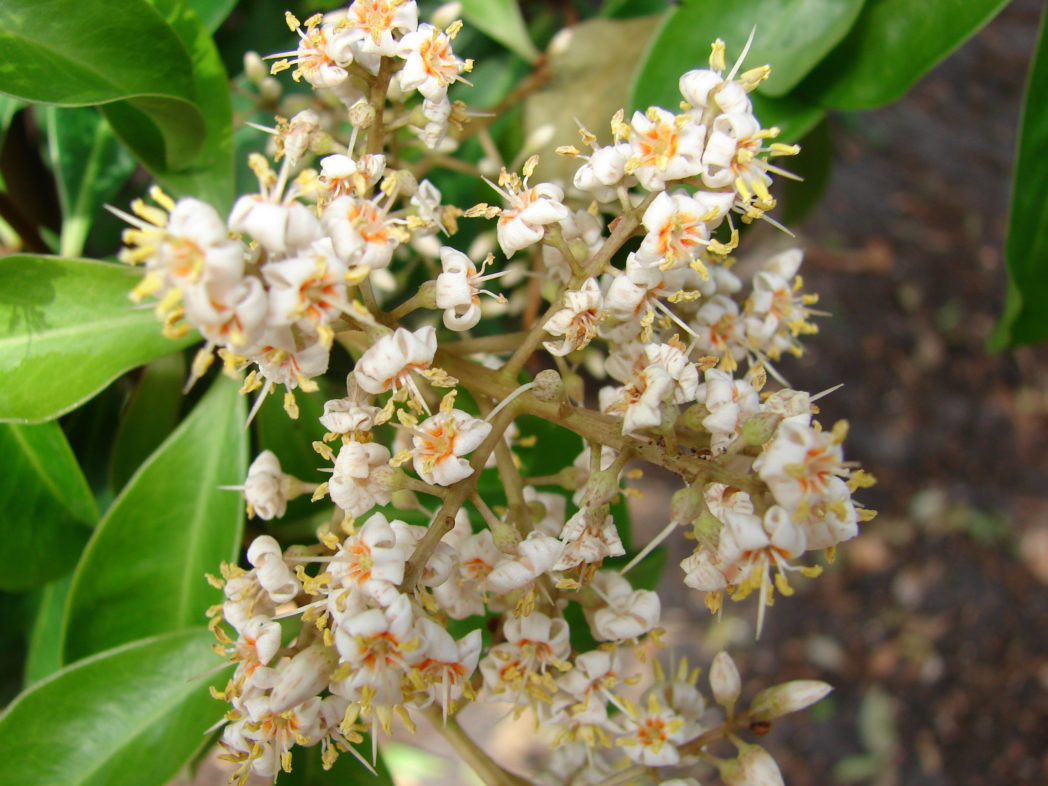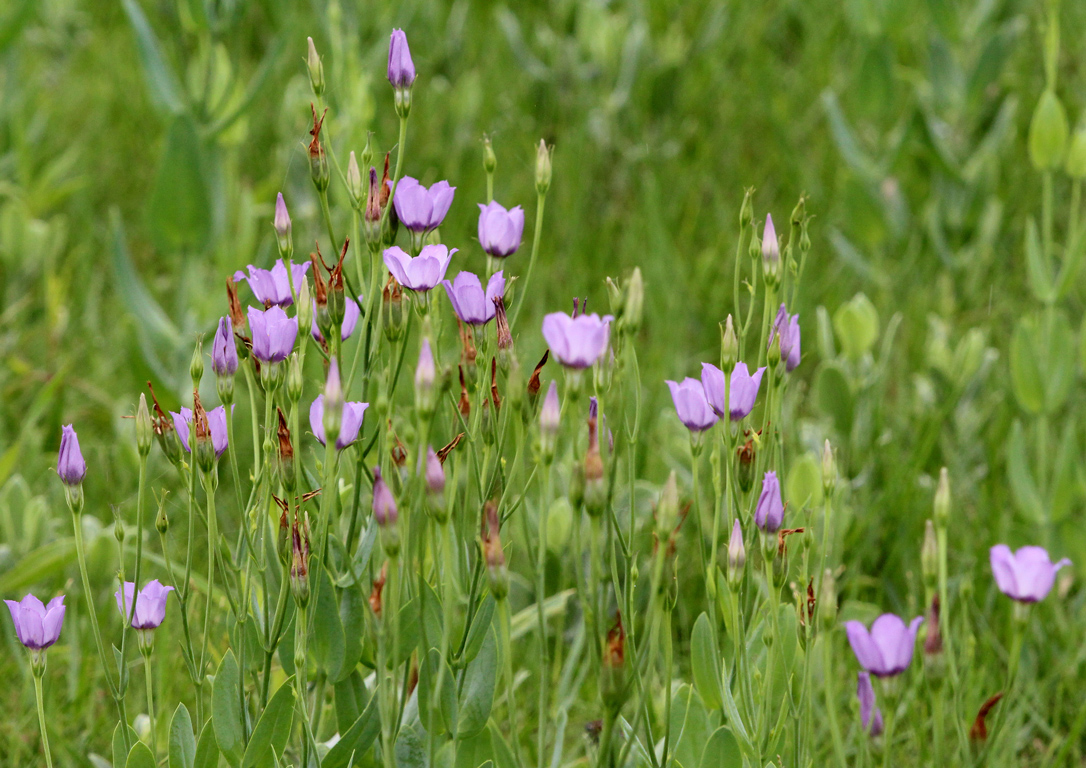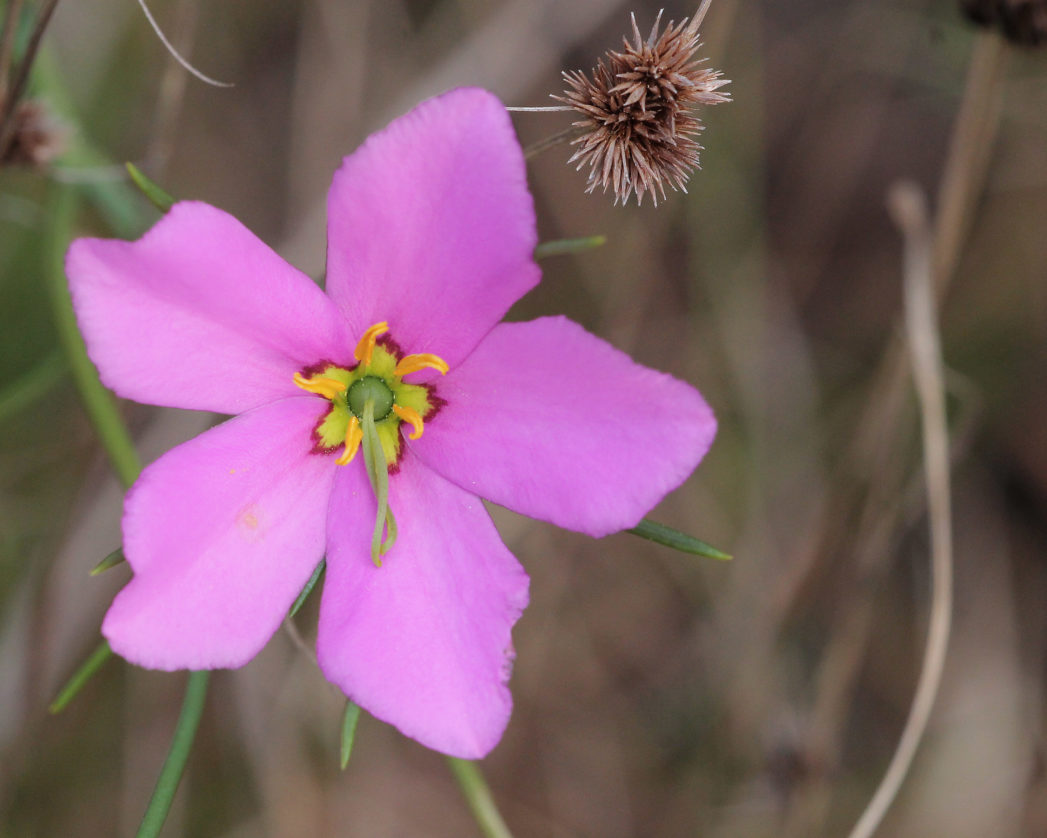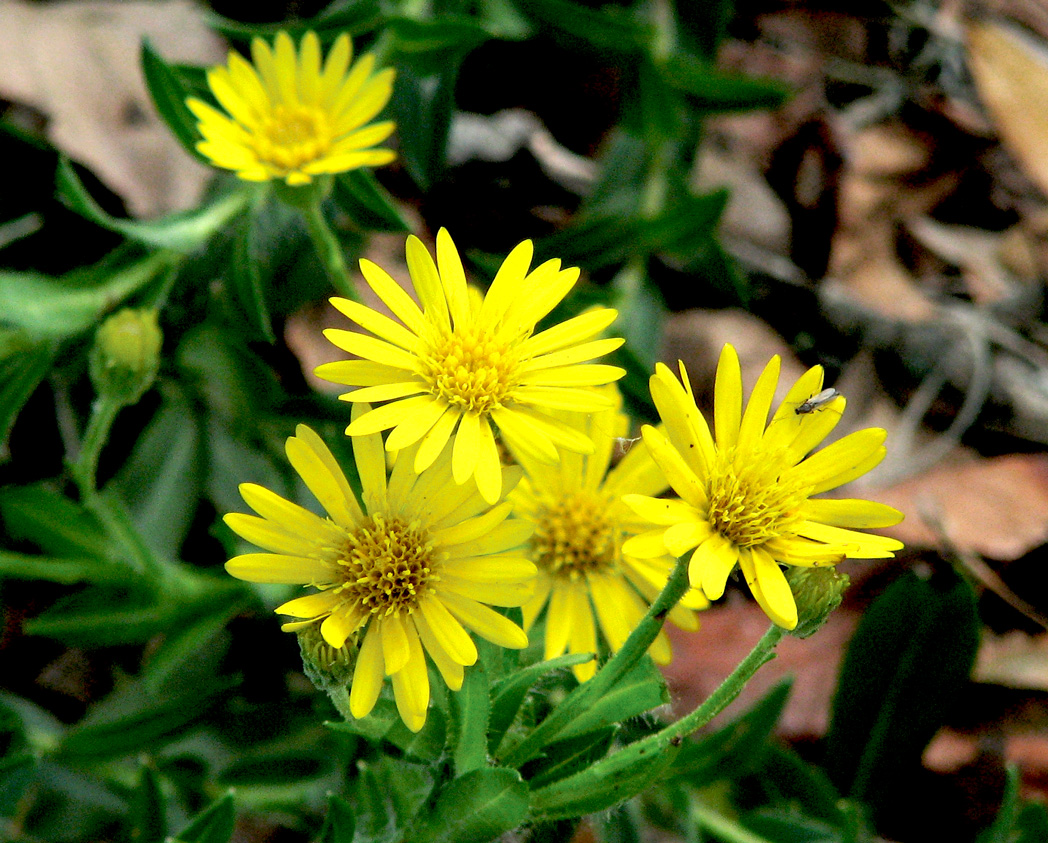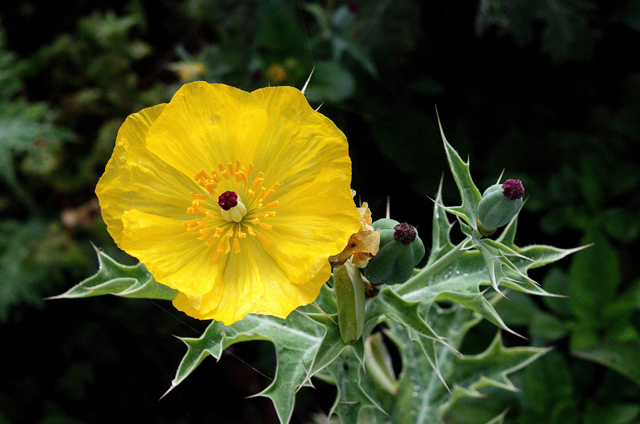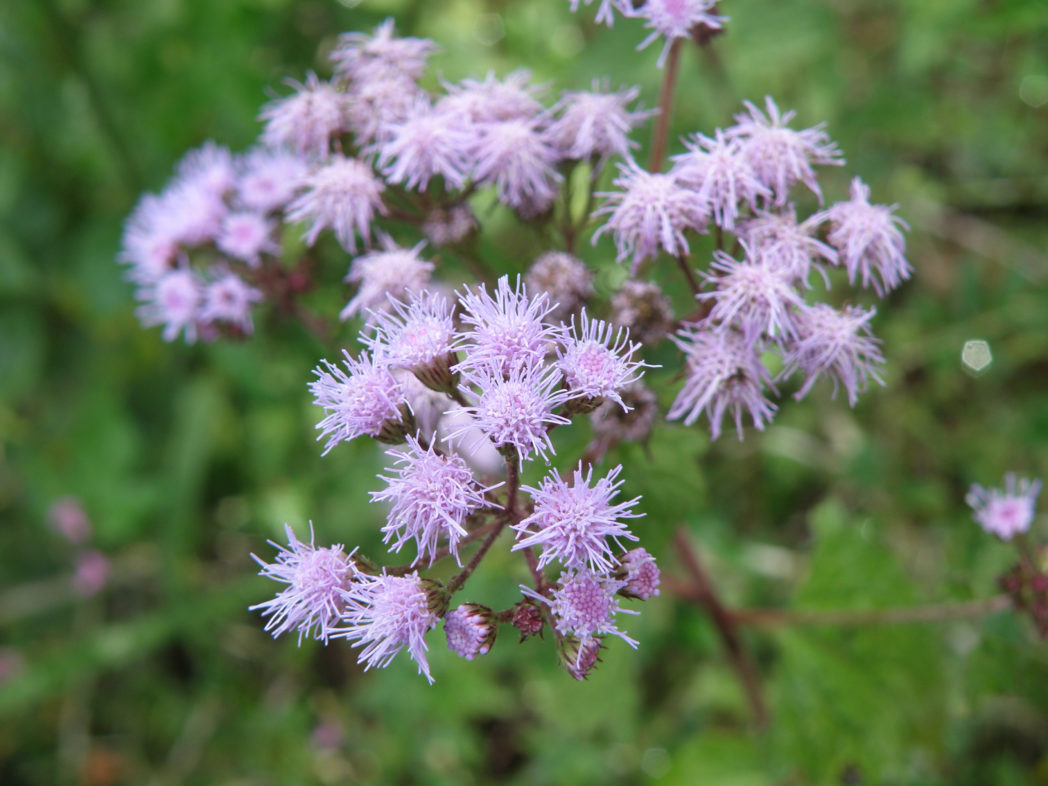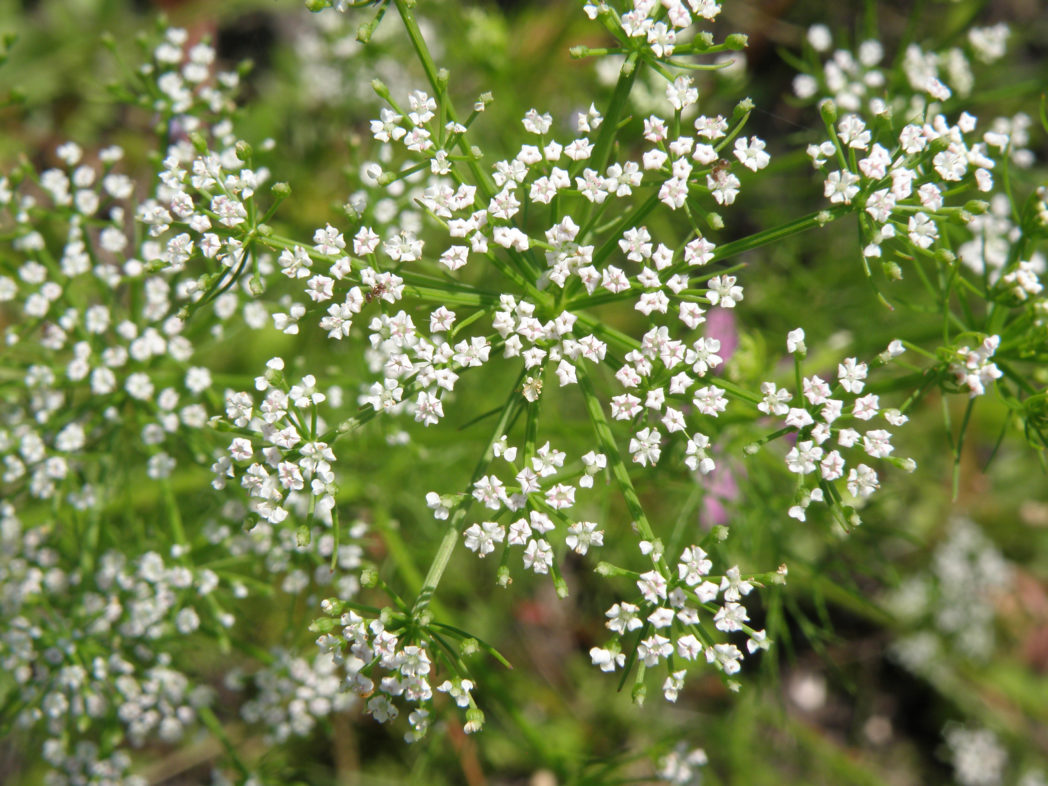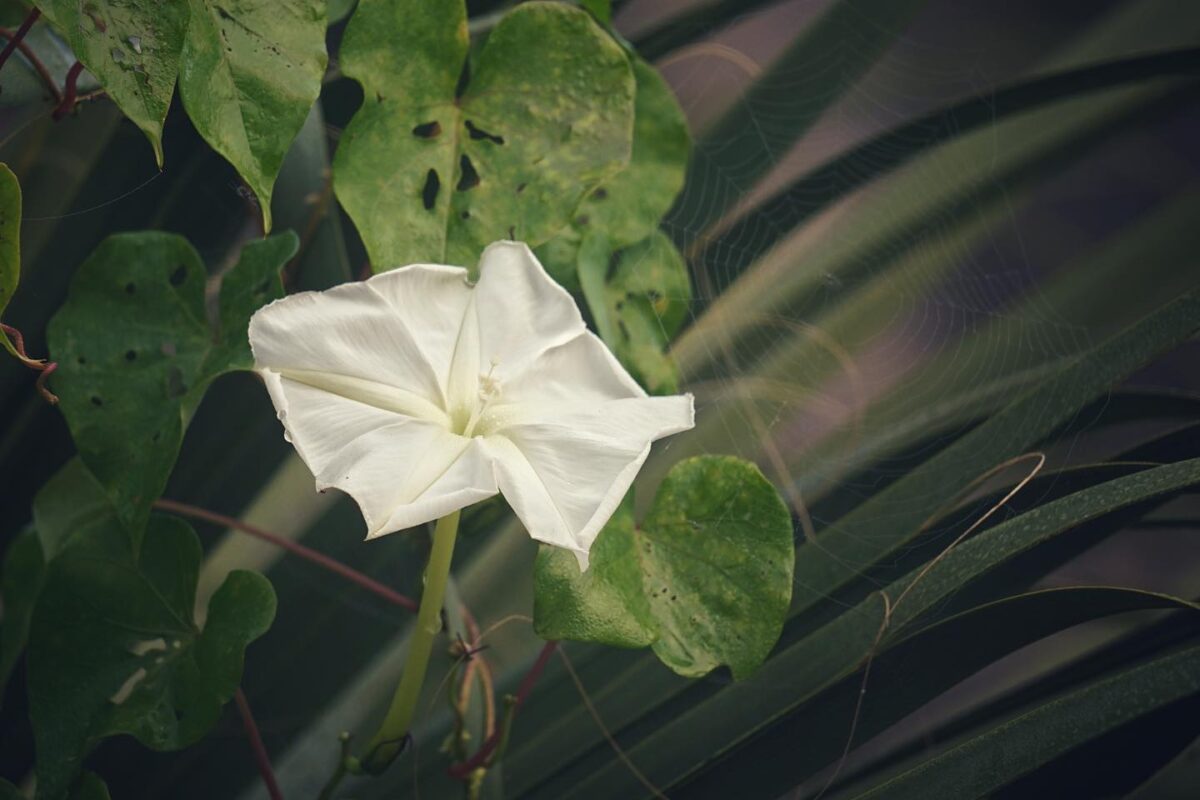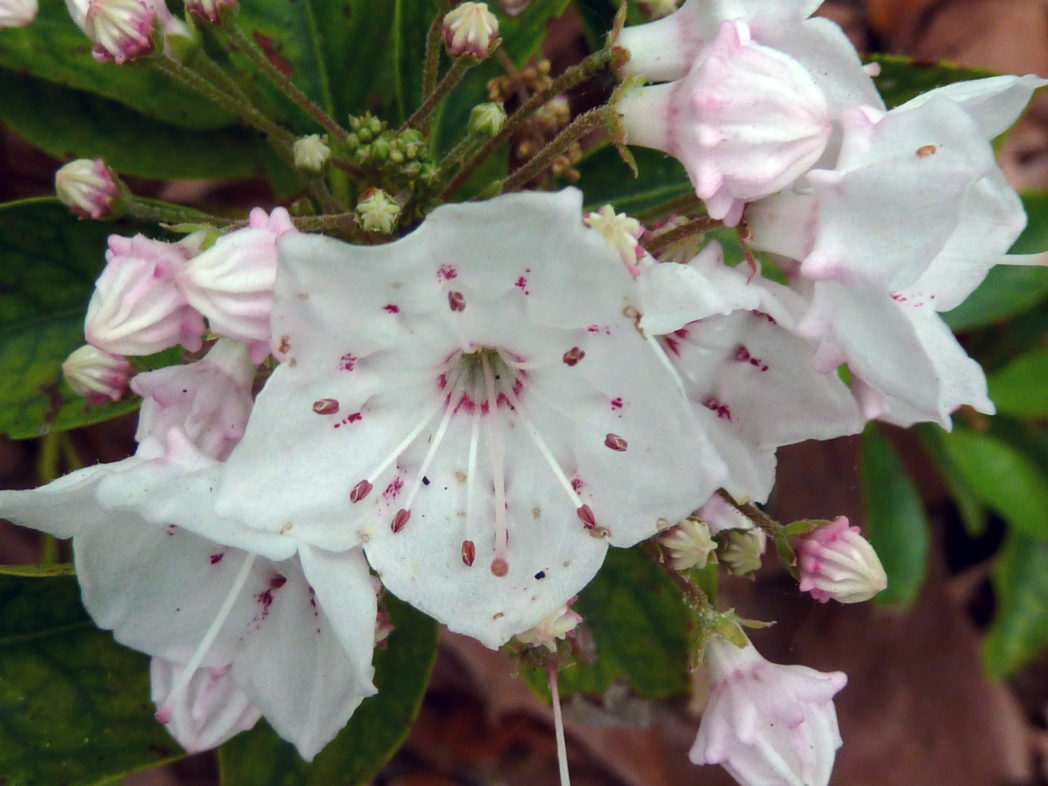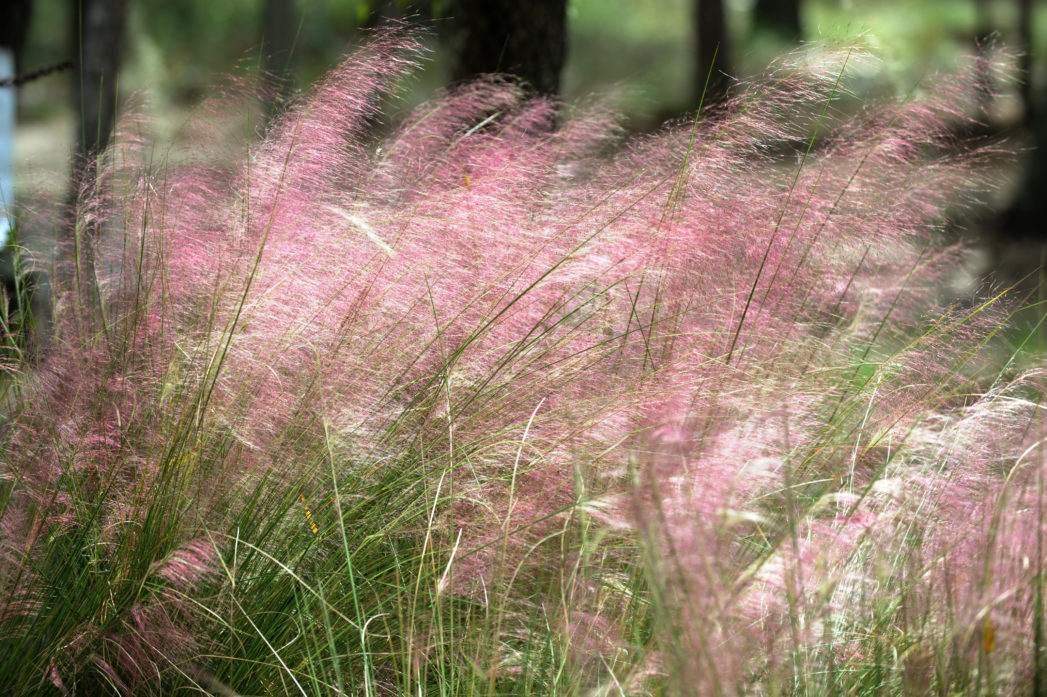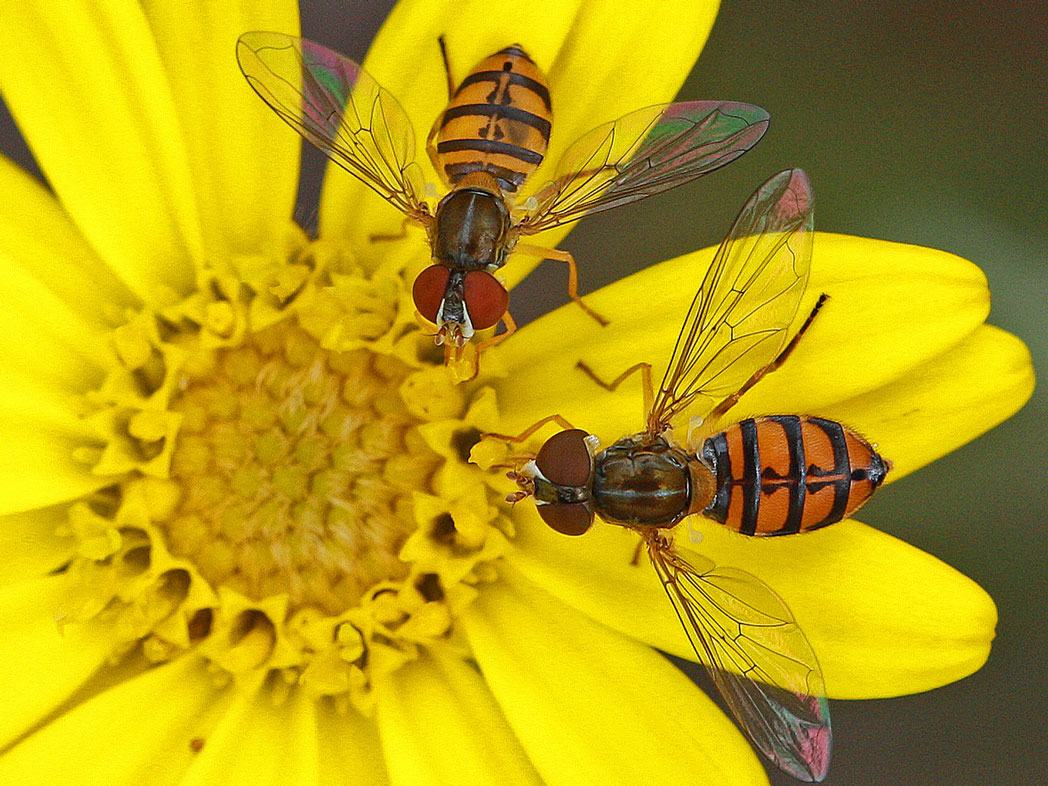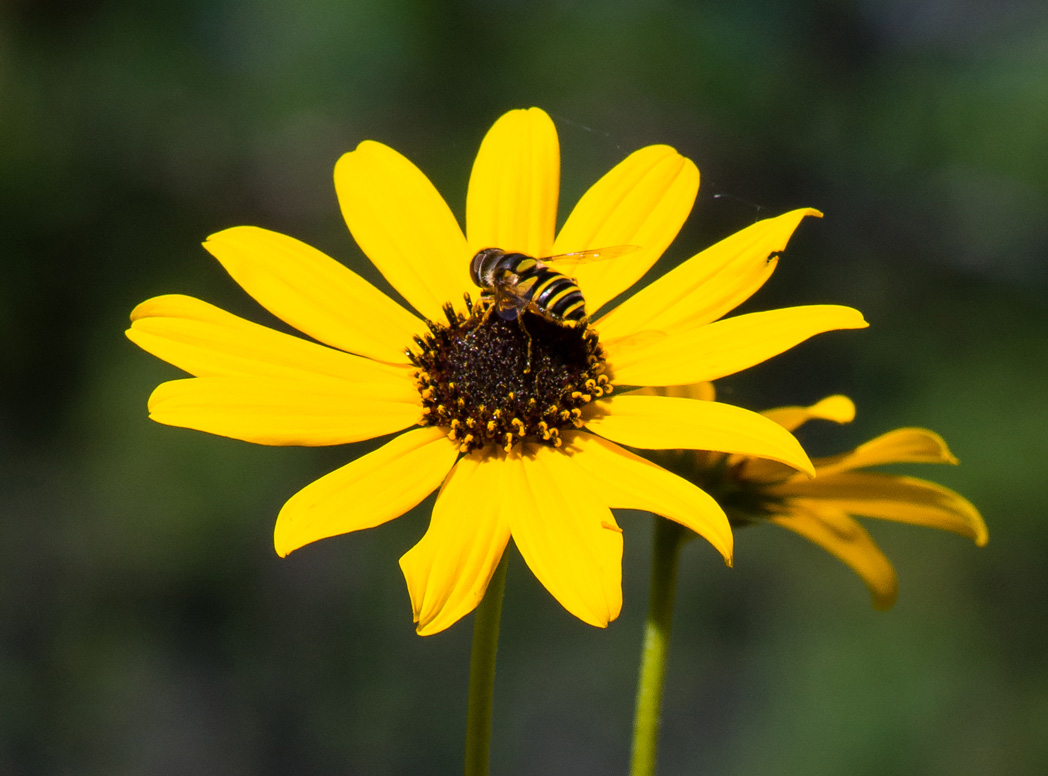Leavenworth’s tickseed
Leavenworth’s tickseed (Coreopsis leavenworthii) is often used as a component of mixed wildflower and butterfly gardens, and is excellent for sunny roadsides, highway medians and powerline easements.
Lemon bacopa
Lemon bacopa (Bacopa caroliniana) is a low-growing, herbaceous wildflower that typically blooms late spring through fall, but can bloom year-round. Its nectar attracts a variety of small pollinators.
Lewton’s milkwort
Lewton’s milkwort (Senega lewtonii) is a state-endangered wildflower, endemic to only six counties in Central Florida. It occurs in scrub, sandhill and pine barren habitats.
Lizard’s tail
Lizard’s tail (Saururus cernuus) is a perennial aquatic wildflower. Its tiny, white blooms are born in early spring through summer and attract a variety of pollinators.
Loblolly bay
Loblolly bay (Gordonia lasianthus) is an attractive evergreen tree found in swamps, bayheads and cypress domes throughout much of Florida. Its fragrant showy flowers bloom spring through summer and attract a variety of pollinators.
Longleaf milkweed
Longleaf milkweed (Asclepias longifolia ) is a deciduous perennial wildflower that occurs naturally in bogs, moist to wet flatwoods and prairies. It typically blooms in spring but may bloom well into summer or early fall.
Longspur balm
Longspur balm (Dicerandra cornutissima ), also commonly known as Longspurred mint, is an endangered wildflower endemic to the sandhills and white sand scrub of Marion and Sumter counties.
Lopsided indiangrass
Lopsided indiangrass (Sorghastrum secundum) is a robust perennial bunchgrass that occurs in pinelands, sandhills and flatwoods. Throughout most of the year, it is rather indistinct. But in late summer, it produces tall, dramatic flower spikes.
Lyreleaf sage
Lyreleaf sage (Salvia lyrata) is an attractive perennial with leafless spikes of tubular, lavender to bluish flowers. Bees are its predominant pollinator, but it also attracts butterflies and hummingbirds.
Mangrove spiderlily
Also known as Perfumed spiderlily, Mangrove spiderlily (Hymenocallis latifolia) is found in mangrove swamps and coastal swales and dunes, and along coastal hammock edges in Central and South Florida.
Manyflower beardtongue
Manyflower beardtongue (Penstemon multiflorus) occurs naturally in scrub, sandhills and scrubby flatwoods. It has many showy white flowers that attract a number of pollinators, including hummingbirds.
Manyflowered grasspink
Manyflowered grasspink (Calopogon multiflorus) is a state-threatened terrestrial orchid that blooms winter through spring, but most abundantly in March through May.
Marlberry
Marlberry (Ardisia escallonioides) blooms and fruits intermittently throughout the year. Its abundant fruit is enjoyed by birds and small animals and is also edible to humans.
Marsh gentian
Marsh gentian (Eustoma exaltatum) has showy purple to lavender (or sometimes white) flowers. It can bloom throughout the year and occurs naturally in salt marshes, dunes, and coastal flats.
Marsh-pink
Marsh-pink (Sabatia grandiflora) is found in mesic pine flatwoods and wet prairies throughout Florida. It is almost endemic, occurring in only one county in Alabama outside of the state of Florida.
Maryland goldenaster
Maryland goldenaster ( Chrysopsis mariana) is found in pinelands, sandhills and sandy roadsides. Butterflies, as well as a variety of native long-tongued bees are attracted to the plant’s nectar.
Mexican pricklypoppy
Also known as Yellow pricklypoppy, Mexican pricklypoppy (Argemone mexicana) is an eye-catching wildflower with an imposing presence. Its brilliant blooms are quite attractive, but don’t get too close — the rest of the plant is armed with sharp spines. It blooms winter through summer, typically peaking in early spring and drawing a variety of pollinators. The plant is often spotted in open, disturbed sites and along roadsides throughout much of Florida.
Mistflower
Mistflower (Conoclinium coelestinum) gives the appearance of a blue fog when blooming en masse. Its flowers are very attractive to pollinators, especially butterflies, moths and long-tongued bees.
Mock bishopsweed
Mock bishopsweed (Ptilimnium capillaceum) is a delicate little annual that is too often disregarded as a weed. But despite its small stature, it is both attractive and ecologically beneficial.
Moonflower
Moonflower (Ipomoea alba) occurs naturally along the margins of wet to moist hardwood hammocks, mangrove forests and swamps. Its night blooming flowers attract and are pollinated by moths.
Mountain laurel
Mountain laurel (Kalmia latifolia) puts on a spectacular springtime display. Its flowers attract bees and its dense foliage provides cover for birds and small mammals.
Muhlygrass
Nothing says fall in Florida like the purple haze of Muhlygrass (Muhlenbergia capillaris) in bloom. When planted en masse, this perennial bunchgrass puts on a spectacular fall display.
Narrowleaf silkgrass
Narrowleaf silkgrass (Pityopsis graminifolia) blooms late summer through early winter in sandhill, flatwoods and scrub habitats throughout the state. It has brilliant yellow flowers and silvery leaves.
Narrowleaf sunflower
Narrowleaf sunflower (Helianthus angustifolius) is one of Florida’s most common native sunflowers. In nature, it forms dense colonies, resulting in spectacular swaths of sunshine yellow when in bloom.

